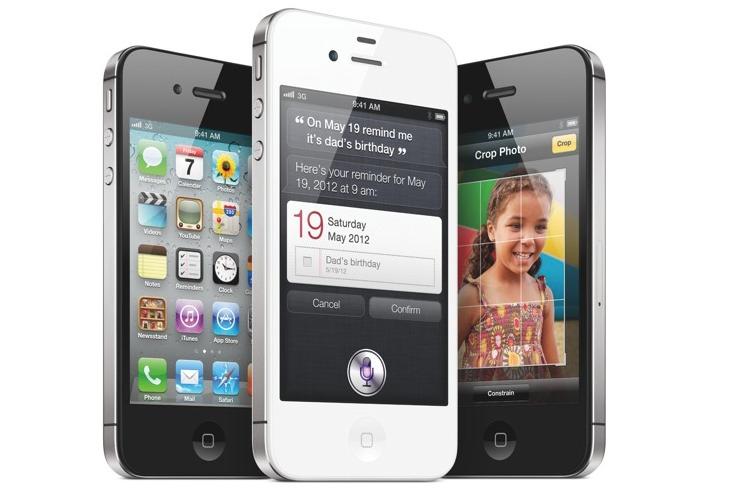
The Apple iPhone 4S.
Calls for Apple to start selling a lower-priced iPhone just don't make sense, an analyst said today.
Apple already sells millions of discounted smartphones, said Michael Levin, co-founder of Chicago-based Consumer Intelligence Research Partners (CIRP): They're the iPhone 4 and iPhone 4S.
According to CIRP, which surveyed 500 U.S. Apple customers earlier this month, nearly half of the iPhones bought between April and June were the older iPhone 4 and iPhone 4S models. Together, the two accounted for 48 per cent of all iPhone purchases, with the remainder going to the flagship iPhone 5.
Eighteen percent of all Apple smartphones were the iPhone 4, a 2010 smartphone that Apple and its U.S. carrier partners give away when customers sign a two-year contract. More than double that -- 30% -- were iPhone 4S smartphones, a 2011 model priced at $US99 with a contract, half the $US199 of the subsidized iPhone 5.
"We don't understand the call for a lower-priced iPhone, at least in the US," said Levin. "You can't get lower than zero."
Apple began discounting older iPhones in 2009, when it dropped the price of the iPhone 3G to $US99 as it introduced the then-new, full-priced iPhone 3GS.
"The data bears this out," said Levin, referring to the sales strength of older, lower-cost iPhones. In October 2012, just before the launch of the iPhone 5, so-called "legacy" models accounted for 32% of all iPhone sales. Since then, the legacy share has reached or neared 50 per cent in subsequent surveys.
That nine-month stretch when free or $US99 iPhones captured about half the total market may have been due to the lukewarm reception customers and reviewers gave the iPhone 5. "The iPhone 5 has not done as well [as did the iPhone 4S]," said Levin. "It wasn't as dramatically different from the previous model."
At the same point in its sales cycle -- just under a year after its launch but when it was still the flagship -- the iPhone 4S accounted for 70 per cent of all sales, almost 20 percentage points higher than the iPhone 5's June share.
But the relative weakness of the iPhone 5 flagship could also stem from the technical strength of its predecessors. "The legacy iPhones are still quite compelling," Levin argued.
The constant chatter about a lower-priced iPhone -- driven in large part by Wall Street analysts -- seems to be more about a wish for new products for their own sake than about filling a legitimate need, said Levin.
"That's just code for a need for new products," said Levin.
But to Wall Street, that need is legitimate, Levin acknowledged, only if to fuel larger profit margins, which historically -- illustrated by CIRP's data, as well -- jump at the introduction of new Apple hardware. "We know what happens when product cycles mature, and it's not pretty," said Levin. "From a dollar perspective, new products mean higher prices."
Even in emerging markets -- the target most analysts have pegged for a lower-priced iPhone that's also less expensive for Apple to build -- Levin doesn't see the need. If it wanted to, Apple could lower the unsubsidized prices of earlier-generation models to make them competitive in countries where, unlike the US, carrier subsidies are rare or unknown.
"There's no reason why Apple can't make sell the iPhone 4 for $US100, that's a phone they can make in their sleep," said Levin.
Still, the rumours persist of a less-expensive iPhone, one possibly sporting a plastic rather than an aluminum case. KGI Securities' Ming-Chi Kuo, for example, said this week that a lower-priced iPhone will launch in September at unsubsidised prices between $US450 and $US550, hundreds less than the flagship iPhone 5's no-contract cost of $US649 to $US849.
If Kuo and other financial analysts making similar bets turn out to be prescient, it will mean that Apple has abandoned a strategy that has worked very well over the last four years. "There is a very distinct trend toward the lower-priced Apple products," Levin admitted. "But what they're doing now is working. Anything else just doesn't make sense."
This article, Cut-rate iPhones? They're already here, was originally published at Computerworld.com.

















